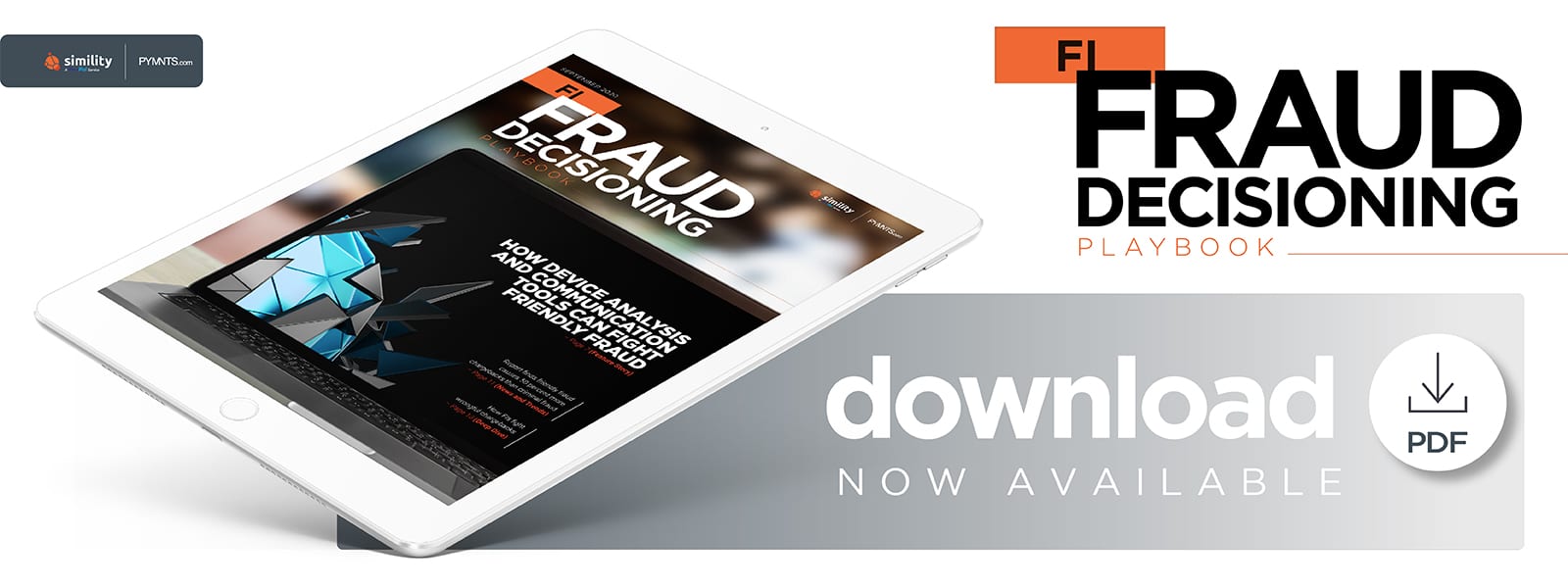How Data Analysis And Communication Get To The Bottom Of Chargeback Claims

Chargeback options are meant to protect consumers, but shoppers also sometimes file claims over purchases they simply don’t recall or don’t want to pay for. It’s a problem that cost retailers $35 billion in 2019 alone. In the FI Fraud Decisioning Playbook, Mohamad Tayba, senior manager of fraud at Alliant Credit Union, explains how advanced analytics tools and cross-channel transaction verification can help chargeback investigations clear up confusion — and expose misbehavior.
Card-issuing financial institutions (FIs) have numerous stakeholders to protect when facilitating online transactions, as they must keep cardholders safe from criminal schemes while simultaneously defending merchants from shoppers who may be conducting friendly fraud. Issuers safeguard customers by detecting and thwarting bad actors’ attempts to use stolen details online as well as allowing consumers to file chargebacks should fraudsters manage to slip through and make illegitimate purchases.
These protections enable customers to recoup funds lost in wrongful transactions, but consumers sometimes file claims on purchases they actually made. This means FIs must be able to distinguish genuine chargebacks from unwarranted ones to ensure that retailers are not unfairly harmed.
The stakes can be high, too. Issuers need to offer consumers quick relief if they become eCommerce fraud victims, and those failing to do so may risk seeing customers pull other FIs’ cards to the top of their wallets. Banks and credit unions cannot simply take customers at their word without investigating, however, as rubber-stamping chargeback claims can put merchants in painful situations if they are compelled to refund legitimate transactions.
Reliably filtering friendly fraud- from criminal misconduct thus depends on strong communication and deep customer insights, Mohamad Tayba, senior manager of fraud at Alliant Credit Union, said in a recent PYMNTS interview. He explained how FIs can use everything from old-fashioned phone calls to streamlined digital communication tools and AI-powered behavioral analysis to keep customers and merchants safe.
Data Insights
Friendly fraud occurs for many reasons. Unscrupulous customers sometimes try to cheat the system, but often it occurs when shoppers are simply confused about their receipts. They may fail to recognize billers’ names or be unaware of orders placed by family members, Tayba said. FIs’ staff can usually reach out to customers to address such issues, although they may wish to leverage data analytics tools first to determine more about the chargebacks they are examining.
FIs that firmly understand customers’ card-purchasing histories and patterns can better assess whether contested transactions match their typical behaviors. Issuers that spot unusual details or activities suggesting foul play could determine that chargebacks are justified, but transactions that appear normal could warrant reaching out to cardholders to jog their memories and ultimately result in erroneous claims being dropped.
“There are factors out there that will give you an idea that, ‘Hey, this may be a falsified claim,’” Tayba said. “One thing Alliant Credit Union did is really invest in our own data scientists, artificial intelligence [and] predictive analytics. … We’ve been creating strategies around the behaviors of our members [and] what they’re doing around the claims: When are they filing claims? What are the transactions that they’ve been [making] with the credit card?”
FIs are also privy to details about how their customers typically engage online, such as which devices and IP addresses they normally use to access issuers’ digital platforms. FIs can check whether chargebacks have been filed from those same devices and IP addresses, enabling them to make more informed decisions about whether to investigate claims or contact customers to clear up confusion surrounding orders.
“Sometimes the member tells us, ‘Oh, yeah, I misunderstood what the transaction said, and that’s definitely me,’” Tayba said. “Sometimes we say, ‘Hey, your computer may have malware on it because it is the same computer that you [tend to] use, but it is definitely a fraudulent transaction.’”
Developing deep insights into how contested purchases fit customers’ transaction histories and usual online activities can help FIs better conclude what may have transpired.
Communication And Confirmation
Tayba said communication is often key to clearing up friendly fraud cases as well as thwarting criminal activities that would warrant chargebacks. Issuers can text customers to confirm suspicious-seeming purchases that have been flagged by their AI-powered fraud detection systems, for example, or they could call consumers to discuss chargebacks that do get filed. The flow of information should not be between just FIs and their cardholders, either — issuers must also contact retailers to understand what took place.
“We review our fraud claims, [and] sometimes [the strategy] is as simple as picking up a phone and getting some information from the merchant,” he said.
Tayba said that FIs should also seek out offerings that can provide even faster flows of information. One especially promising digital tool allows customers and issuers to query merchants about transactions before cardholders file chargebacks. Such an approach can enable customers to get clarification about unrecognized purchases, heading off unwarranted claims and lengthy investigations. Direct discussion with merchants can help shoppers determine whether they had simply forgotten that they placed orders or whether the transactions were fraudulent.
Protecting merchants and consumers by accurately assessing chargebacks can be difficult work. Blending robust data analysis with open communication can ease these challenges, however, and lead to safer card transactions for all involved parties.

